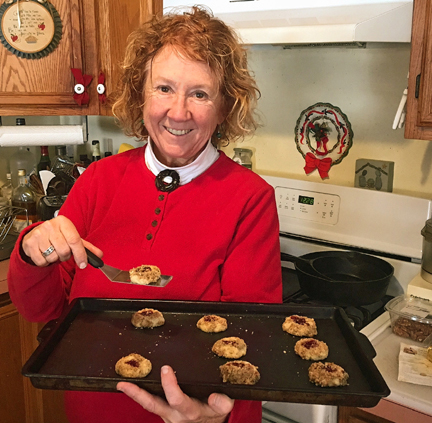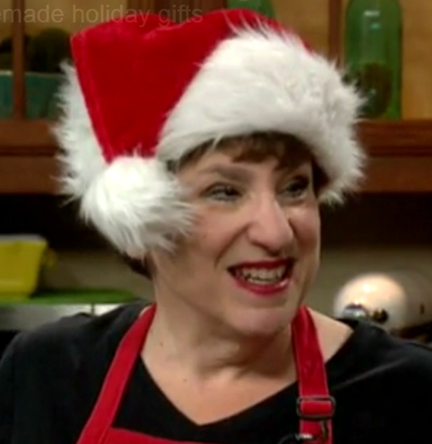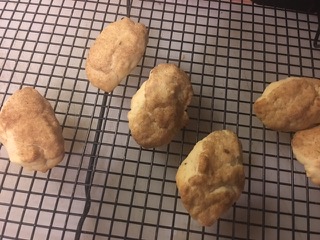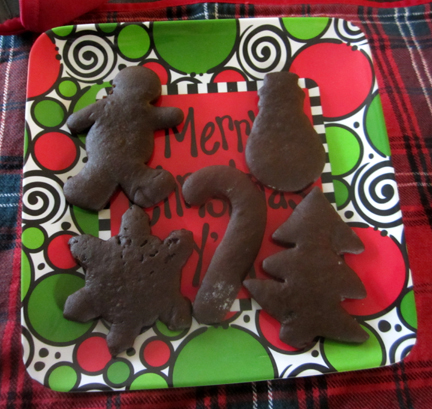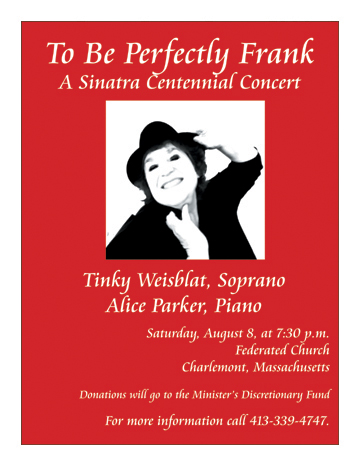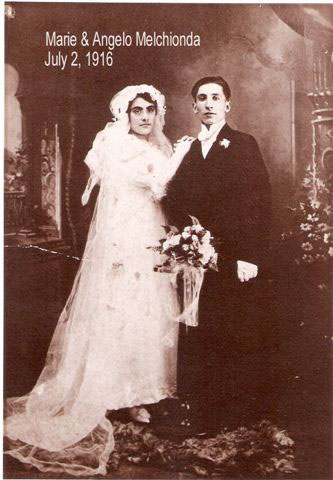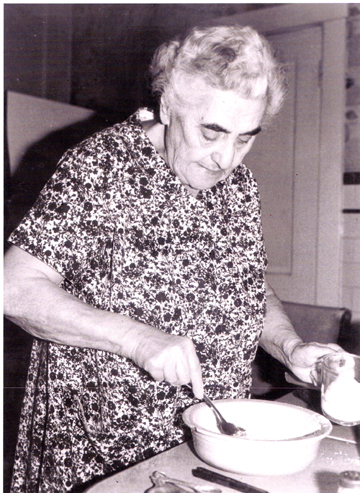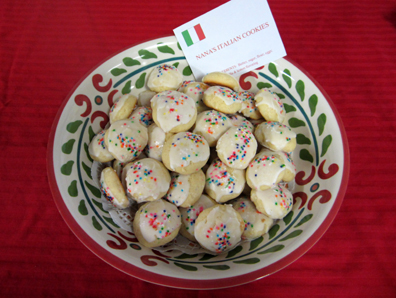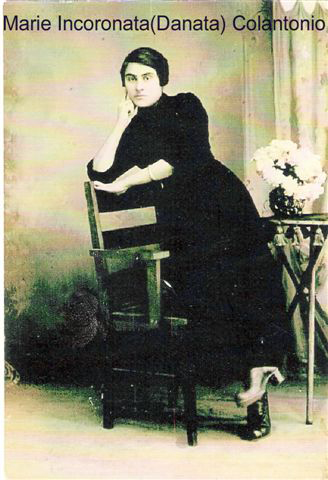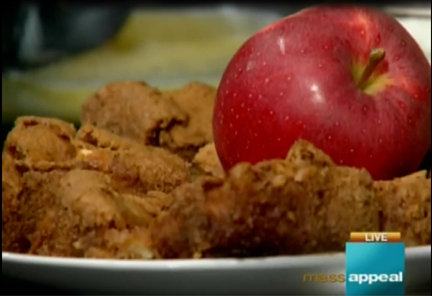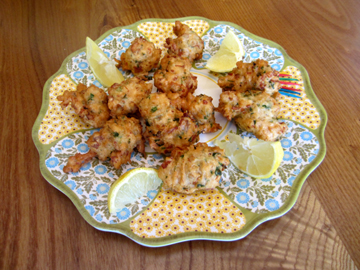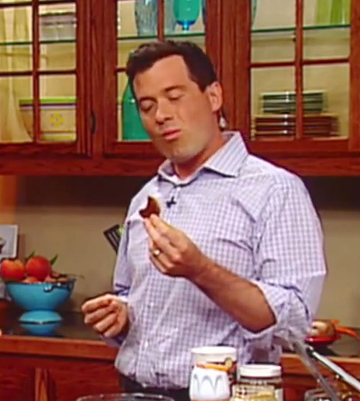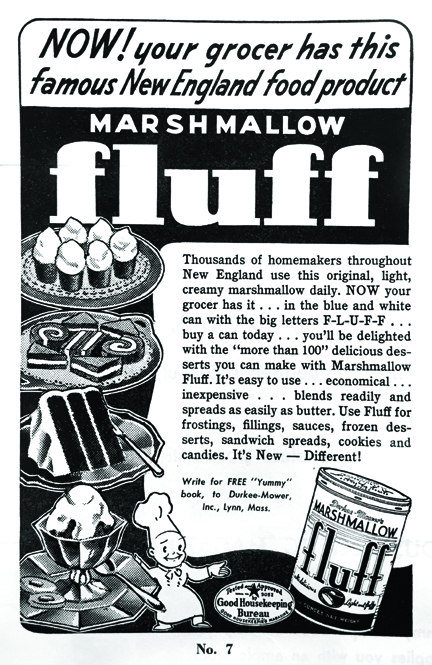
Marshmallow fluff turns 100 this year—sort of. Just about everyone in Massachusetts grew up loving this glossy, sticky substance, which was invented in our state. The humble fluffernutter is our semi-official state sandwich.
Mimi Graney, who organizes the annual “What the Fluff” festival in Somerville, shares her enthusiasm for what she learned while researching fluff’s history in her new book fluff: The Sticky Sweet Story of an American Icon.
As Graney explains, the starting date the Durkee-Mower company uses for its signature (and in fact only) product is a bit arbitrary.
Marshmallow crème or cream—a combination of sugar, egg whites, corn syrup, and vanilla—had been popular for at least a couple of decades when Canadian immigrant Archibald Query started selling his version of the concoction door to door in Somerville in the 1910s.
Increasing federal regulations and World-War-I sugar shortages caused Query to go to work at a candy factory. There he eventually met two veterans returning from the war, Fred Mower and Allen Durkee.
Anxious to make a name for themselves, Mower and Durkee purchased Query’s recipe and started selling their marshmallow fluff in 1920. Later trademark issues led the pair to try to identify its year of origin, and they chose 1917 as an educated guess about when Query first made the product.
Even if fluff isn’t precisely 100 years old this year, Graney makes an excellent case for celebrating it. She acknowledges fluff’s popularity as a nostalgia item and a food that tastes darn good.
She also argues that Durkee and Mower created an innovative, adaptable, and above all honest business model that has stood the test of time. A descendant of Allen Durkee still runs the company, and fluff continues to sell extremely well, particularly here in New England.
Graney’s description of that business is chatty but informative. Durkee-Mower pioneered in radio advertising in the 1920s. In its prime, the company’s programming featured musicians known as the Flufferettes. I’d love to have sung as a Flufferette!
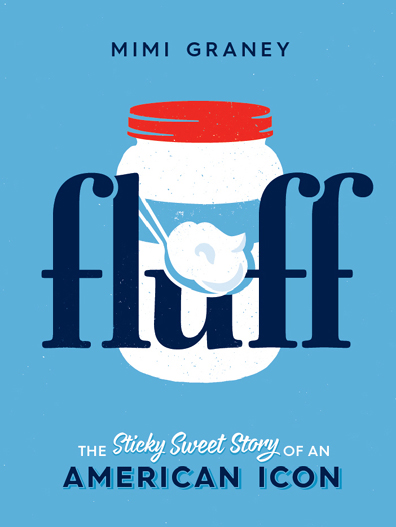
Durkee-Mower cleverly promoted its product with recipes: the “never fail fudge” even I, a food writer, make on occasion when I’m in a hurry; a version of Rice Krispie® treats that save time by using fluff instead of melting marshmallows; the fluffernutter; and many more.
Above all, Durkee-Mower made one product efficiently and well.
fluff is full of vintage photographs and advertisements, along with myriad fun facts. I had never considered the considerable impact of the invention of the egg beater on the home cook until I read Graney’s history.
Inspired by the book, I decided to incorporate a little more fluff into my kitchen. I adapted the rice-cereal treats for an adult palate by adding a bit of espresso powder and drizzling white chocolate over the top.
I THOUGHT the coffee treats were an original idea—until I saw similar recipes all over the internet. Alas, this world allows very few original recipes.
Naturally, I prepared the treats and talked about fluff on Mass Appeal last week. I hope readers will make these bars, or something else fluffy, to celebrate this year’s sweet anniversary.
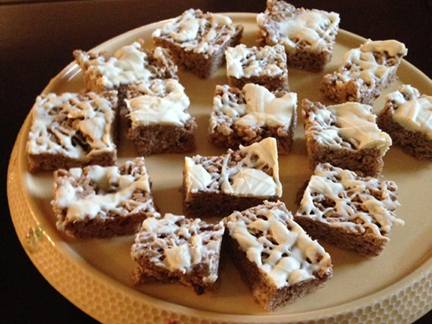
Ingredients:
3 to 5 ounces good-quality white chocolate, in chip form or chopped
1/4 cup (1/2 stick) sweet butter
1 7-1/2-ounce jar marshmallow fluff
2 generous tablespoons espresso powder (I use Williams-Sonoma’s brand)
6 cups crisped rice cereal
Instructions:
Line a 9-by-13-inch pan with plastic wrap, and spray the sides and bottom of the lined pan with canola-oil spray.
Place the chocolate pieces in the top half of a double boiler to melt.
While the chocolate is melting, melt the butter in a 4-quart saucepan over low heat. When the butter has melted add the fluff and continue to stir. When the fluff has almost melted stir in the espresso powder. Continue to stir over low heat until all is melted and blended.
Remove the pan from the heat, and stir in the cereal. Using a spoon sprayed with canola-oil spray, spoon the mixture into the prepared pan, and smooth it out.
Drizzle the melted chocolate on top of the cereal mixture. Let the pan cool until the chocolate has hardened; then cut the confection into bars.
Makes about 30 bars. (The yield depends on how big you want to cut them; I prefer small pieces.)
And now the video…..
